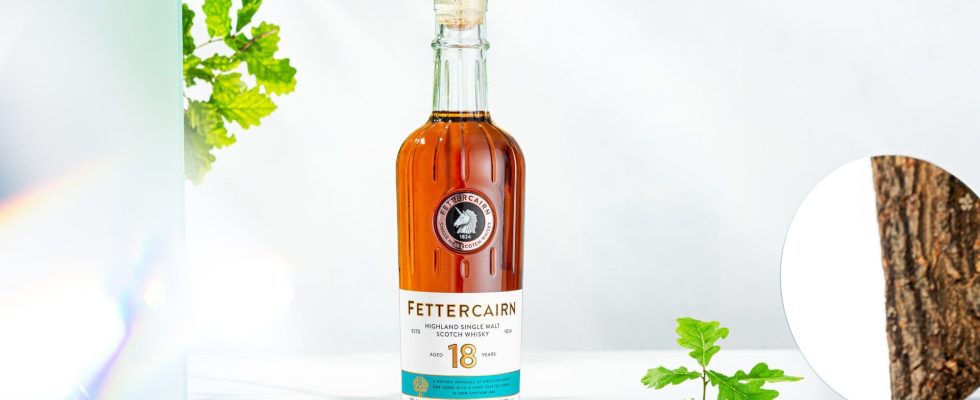A peaceful village of 250 souls located at the foot of the Cairngorm Mountains, in the Highlands, Fettercairn is known for three reasons: the King of Scotland Kenneth II was assassinated there in 995; In the heart of the town an arch was erected in memory of the visit, in 1861, of Queen Victoria and Prince Albert, her husband, to the Ramsay Arms, still today the village pub. Which also gave its name to the second whiskey factory in Scotland to obtain the official distilling license, in 1824. Four years later, Alexander Ramsay, its founder, sold his estate and the distillery to Sir John Gladstone, without doubt to settle a gambling debt. One of the latter’s sons, William Ewart, was Prime Minister of the United Kingdom four times in the second half of the 19th century. A chance, because this defender of Scottish stills abolished taxes on malt and the angel’s share, then introduced a law authorizing the sale of whiskey in glass bottles. The Gladstone family remained owners until it closed in 1926. The distillery returned to activity in 1939.
In the mid-1950s, Fettercairn distillers discovered that pouring water over the walls of the still cooled the copper and increased condensation inside, so that only the lightest vapors escaped. They shaped a copper tube where the water circulates continuously over the still, an ingenious solution which is still an exception.
With the success of blends in the 1970s, Fettercairn’s single malt production was entirely devoted to making them, and the brand disappeared. Under the leadership of Whyte and Mackay (owner of Dalmore, Jura, Tamnavulin, etc.), it was reborn in 2018 and adopted that of Scotland as its emblem: the unicorn.
Stewart Walker has worked there for thirty years: he runs the distillery of which Gregg Glass is the master distiller. The two children of the country are delighted with this rebirth. Faced with the proliferation of whiskey production throughout the world, Gregg Glass notes that, today, single malts are defined and appreciated more by their own aromas than by their origin, like the “tropical” style of waters. life Fettercairn attests to this.
Well in tune with its times, the company is turning towards the circular economy and its terroir is at the heart of this approach, with the pure and crystal clear water of the nearby mountains, the barley and oaks from local meadows and forests. . As proof, the magnificent 18 year old, a single malt aged for the first time in Scottish oak barrels.
The vision is very long term, since Fettercairn has planted more than 13,000 oak trees which, in a hundred years (minimum) will be used to make barrels. “Enough to recover know-how and revive a wood culture that was once very present in Scotland,” enthuses Gregg Glass. In the meantime, Fettercairn and its range of highland single malts have not finished satisfying fans.
With its finish in Scottish oak barrels, this 18 year old reveals itself to be rich and deep. It is characterized by aromas of ripe fruit, grilled andiron and pastries, accompanied by notes of sweet spices, cocoa and red fruits. €215
